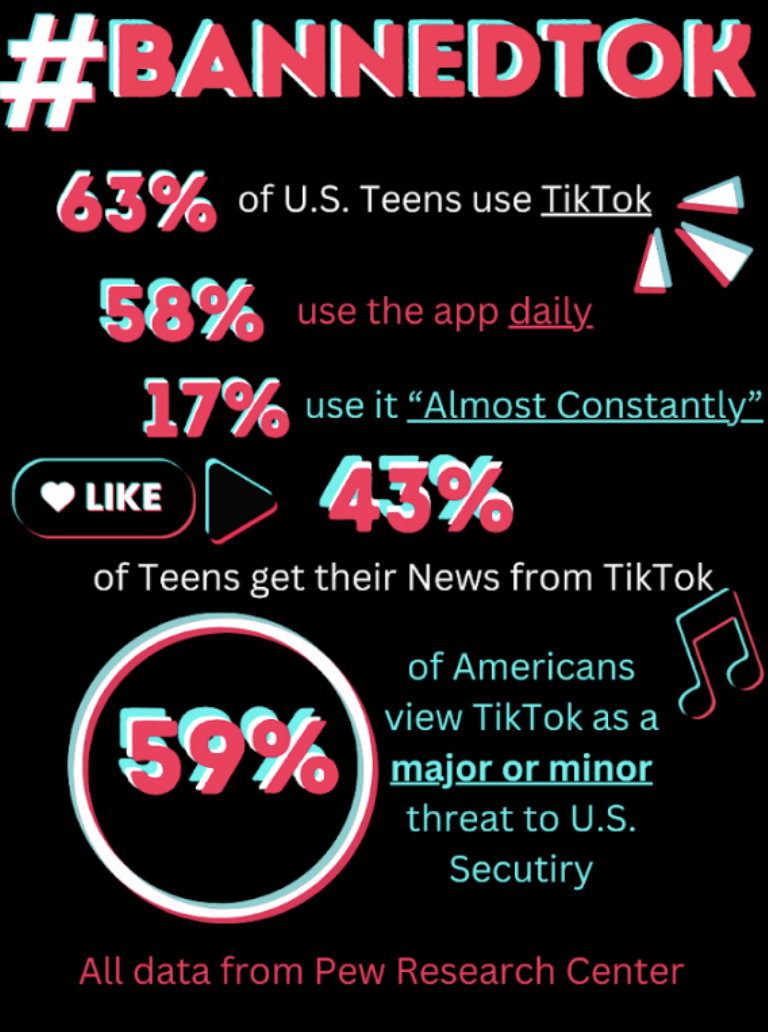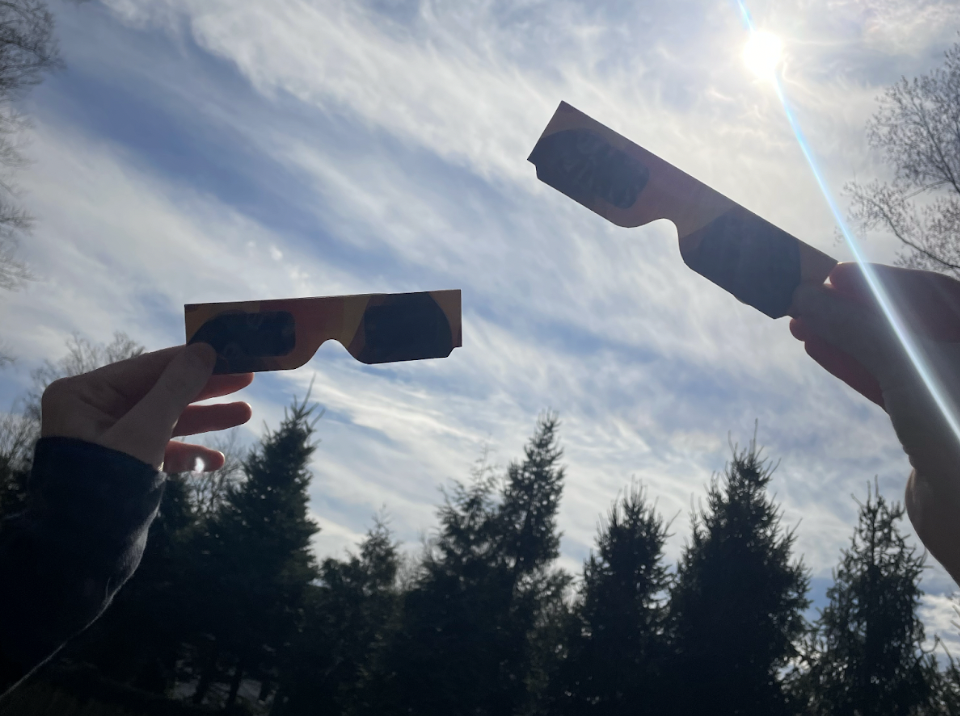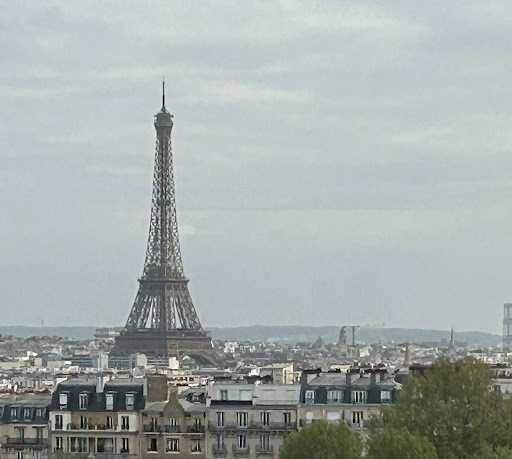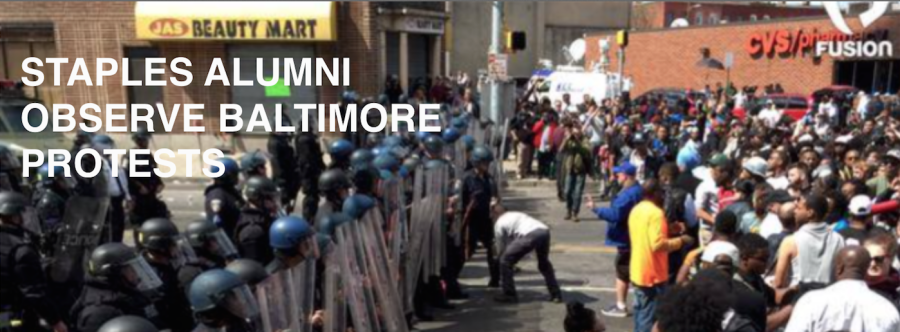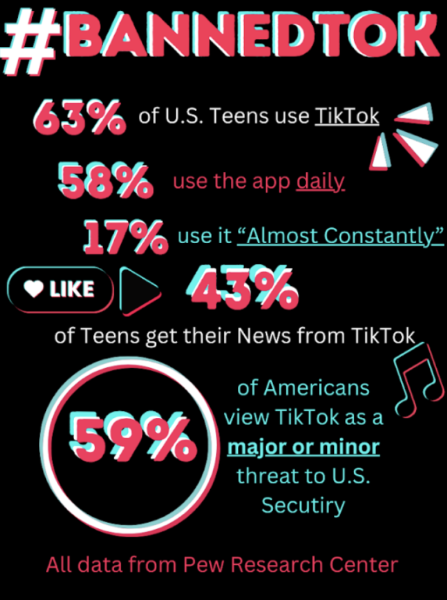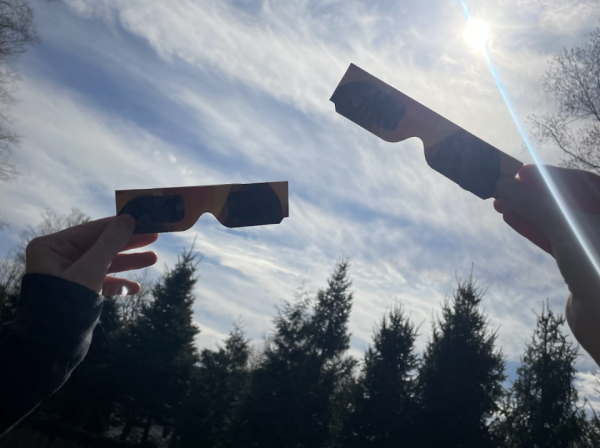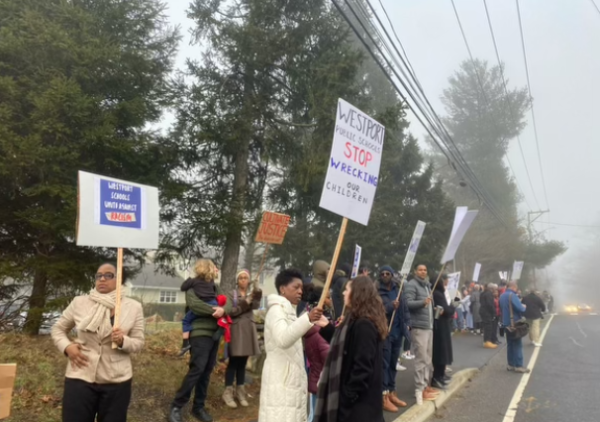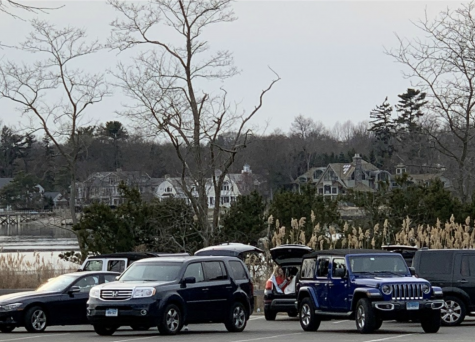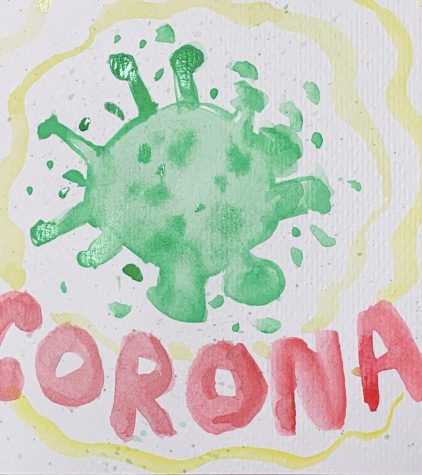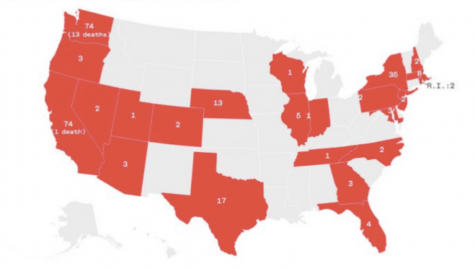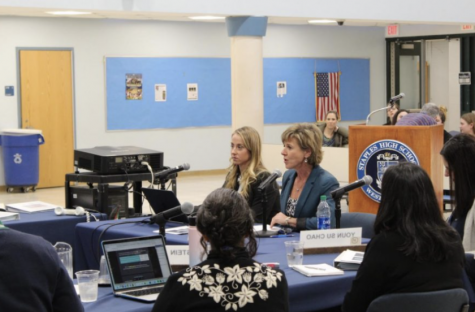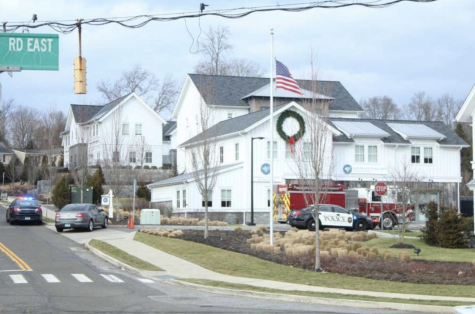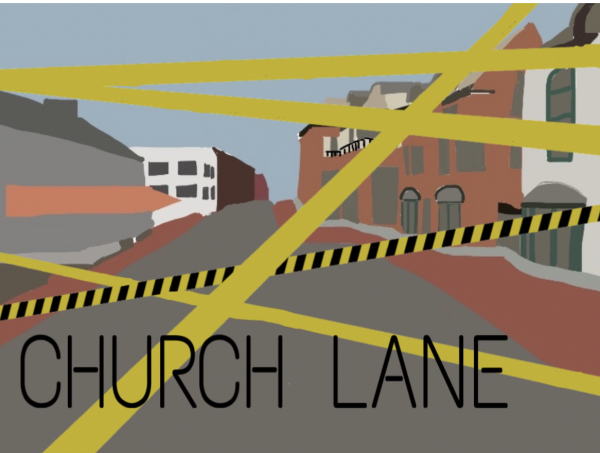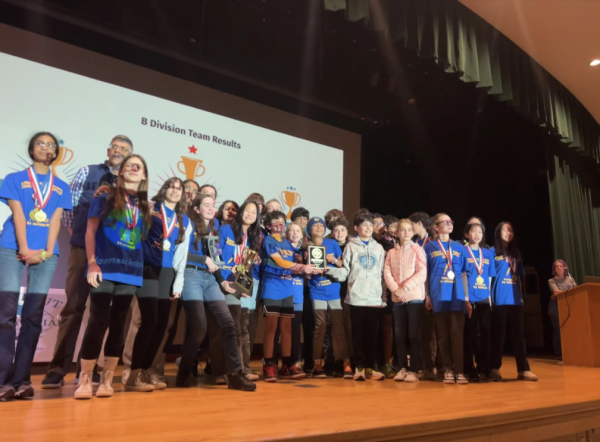Baltimore protests provoke conflict for Staples alum
Riots in Baltimore, Maryland, sparked when 25-year-old Freddie Gray died on April 19, one week after he was arrested by the Baltimore police.
On April 12, Gray was allegedly running away from the police for unknown reasons. Officers then took Gray in custody, and when he arrived at the station, Gray was no longer breathing. It is still unclear whether his injury happened in the van or during arrest.
The Baltimore police have acknowledged their faults with handling the situation, and six police officers are now arrested. However, these officers said that they did not use force on Gray.
This event has sparked both peaceful and violent protests in Baltimore, and the mayor has taken action to make a week long curfew of 10 p.m.”
At Loyola University, many students participated in peaceful protests to fight for social equality and justice.
“I actually had a lot of friends who went downtown to show support,” Lea Bradley ’13 attending Loyola said. “But then, the protests became violent and people started destroying cars and buildings.”
At other colleges nearby, such as Johns Hopkins University, all classes were cancelled on Tuesday due to the threat of violent protests.
“The violence here is scary,” Ariana Sherman ’14 of John Hopkins said. “The CVS that is somewhat near campus was set on fire and looted. I even thought about what I would do if the protestors set my dorm on fire.”
However, according to Sherman, this is not the first time Baltimore has had issues with inner city safety. Stores that are just blocks away from Sherman’s dorm have been robbed multiple times this year, and at least one of these instances was an armed robbery. Although Sherman feels safe at her school, she does not walk alone at night.
Oliver Hickson ’15, who plans to attend Johns Hopkins University in the fall, is concerned about the protests and worries about how it might affect the environment at his future school. “It’s hard not to be a bit worried and anxious while reading what’s going on right now, considering in four months I’ll be living in that city.”
Not only is safety in parts of Baltimore an issue, but according to Andrew Clay ’13 who is a sophomore at Johns Hopkins University, this incident is shining a bigger light on Baltimore’s issues with racism.
“Unfortunately, thanks to the anonymity of Yik Yak, a lot of people have felt free to lob around the N word and say extremely racist things,” Clay said. “I’ve always thought Hopkins was a very open-minded community, but it’s hard to ignore all of the insensitive things being said.”
However, Chemistry and Physics teacher William Jones, a former resident and teacher in Baltimore, thinks that the incident is more of a conflict of equality in social classes.
“What makes this different from Ferguson is that while Baltimore has a black and white population, they also have a black and white police force,” Jones said.
In Jones’ experience teaching at Baltimore, he also explained the large disparity in wealth in the community. “I had one 15-year-old student who had never taken a science class before taking chemistry with me. The disparity in privileges, especially in education, is ridiculous.”
Despite the alleged equality issues in Baltimore, Jones agrees with the methods used by peaceful protesters, and believes that it is one of the best ways to change the world. “It has worked in the past, and it definitely can work in the future,” Jones said.

